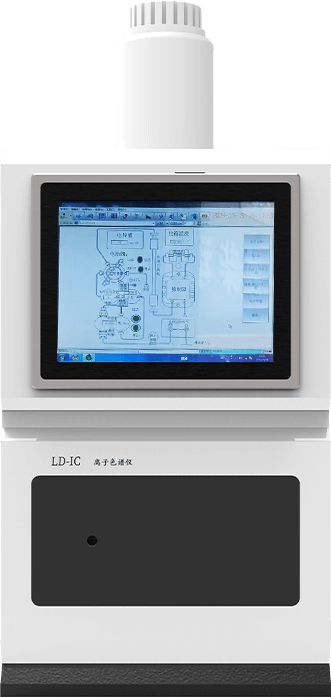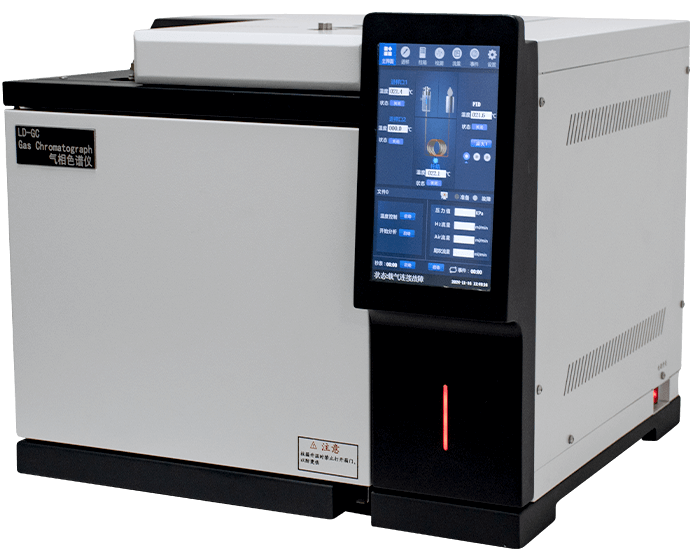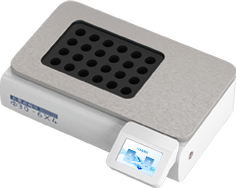
Split-Type Ultrasonic Cell Disruptor
- Product Number:LD-FT1800
- Product Difference:Split-type, multifunctional, multi-purpose instrument for ultrasonic processing of materials
Product Introduction
The split-type ultrasonic cell disruptor is a versatile, multi-purpose instrument that utilizes intense ultrasonic waves to generate cavitation effects in liquids for ultrasonic processing of materials. It can be used for disrupting animal and plant tissues, cells, bacteria, and spore cultures, while also serving for emulsification, separation, dispersion, homogenization, extraction, degassing, cleaning, and accelerating chemical reactions.
Our company independently develops and manufactures this split-type ultrasonic cell disruptor. It features comprehensive functionality, a modern design, and reliable performance. The instrument incorporates a large LCD display with centralized microcomputer control, offering functions such as ultrasonic output, interval time, ultrasonic power, sample temperature monitoring and display, automatic frequency tracking, and automatic fault alarms. It is suitable for teaching, research, and production in fields including biochemistry, microbiology, medicinal chemistry, surface chemistry, physics, zoology, agronomy, medicine, and pharmaceuticals.
The split-type ultrasonic cell disruptor utilizes the dispersion effect of ultrasonic waves in liquids to induce cavitation, thereby breaking down solid particles or cellular tissues within the liquid. The ultrasonic cell disruptor consists of two main components: an ultrasonic generator and a transducer.
The ultrasonic generator converts mains electricity into 20-25KHz alternating electrical energy supplied to the transducer. The heart of the transducer is a barium zirconate titanate piezoelectric crystal. This crystal undergoes elastic expansion and contraction at a frequency of 20-25 kHz in response to the alternating voltage, causing the transducer to vibrate longitudinally. These vibrations are transmitted through a titanium alloy horn immersed in the biological solution, generating cavitation effects that excite violent vibrations in the biological particles within the medium.
The split-type ultrasonic cell disruptor can be used to pulverize animal and plant cells, bacteria, spores, or tissues, and to disperse rare earths and various inorganic mineral powders. It is an ideal device for accelerating chemical, biological, and physical reaction rates and for accelerating liquid degassing. It can prepare emulsions nearly one-hundredth of a micron in size, homogenize “difficult-to-mix” mixtures, polymerize certain substances, and precipitate others.
In summary, ultrasonic pulverizers perform multiple functions including extraction, pulverization, emulsification, homogenization, suspension preparation, mutation induction, aerosol generation, accelerated desolvation, crystallization, and preparation of biological samples for electron microscopy.
Product Features
Split-design: Separate main unit and probe prevent sample contamination of the instrument and facilitate maintenance.
High-efficiency noise reduction: Professional soundproof enclosure reduces noise by over 30%, suitable for open laboratory environments.
Features intelligent MCU digital integrated circuitry supporting intermittent/continuous operation modes.
Includes test and run modes with pause or stop functionality.
7-inch medical-grade LCD touchscreen with high resolution, intuitive interface, and smooth operation. Large acrylic viewing window facilitates cleaning and observation.
Rear expansion ports support manual switches or foot pedals for precise manual control, or external devices (e.g., thermostats, stirrers).
Low-noise metal housing with high-quality soundproofing material in the sandwich layer ensures excellent noise isolation and a clean, hygienic working chamber.
Features automatic horn matching, automatic frequency tracking, and automatic fault alarm (or protection) functions.
Equipped with an electric lifting platform, LED lighting system, and UV sterilization function.
Ultrasonic probes utilize TC4 military-grade titanium alloy material, offering high strength, excellent corrosion resistance, and superior heat resistance.
Ultrasonic on-time, off-time, and total cycle time are precisely adjustable to 0.1-second increments.
Supports storage of up to 256 sets of process parameters for convenient configuration and retrieval by operators.
Product parameters
| Display | 10.1-inch TFT resistive touchscreen |
| Crush Capacity | 0.1–1200 ml (requires optional horn adapter) |
| Single Ultrasound Duration | 0.1-99.9S |
| Single gap time | 0–99.9S (0 indicates continuous mode) |
| Total Time | 0.1–999.9M |
| Adjustment Method | Power or PWM (optional) |
| Temperature Sensor | Contact Temperature Sensor |
| Temperature Control Range | 1~99.9°C (Optional Constant Temperature Device) |
| Alarm Function | End Indication, Overload Protection, Over-Temperature Alarm |
| Parameter Storage | Up to 256 Sets, automatic parameter storage |
| Control Methods | TFT touchscreen Manual control (optional) PC control (optional) |
| Optional Features | Constant temperature device Stirrer Foot switch Portable printer |
| Interfaces | Switching power supply USB (PC) 7P aviation connector (foot switch/ Device 232 Interconnect) |
| Sterilization | UV Sterilization |
| Illumination | LED Illumination |
| User Protection | User Password Protection |
| Host Computer | Supported, USB Control |
| Electric Lift Base | Buttons |
| Voice Alarms | Buzzer Alarms |
| Chinese/English Switching | Optional English version available |
| Transducer | Aviation-grade magnesium-aluminum alloy transducer |
| Transducer Arm | TC4 military-grade titanium alloy |
| Power Supply | 220V±5%/ 50Hz |
| Power | 20-1800W |
| Transducer Frequency Range | 20-25KHz |
| Optional High Borosilicate Thermostatic Cup ml | 50, 100, 250, 500, 1000 |
| Optional Horns | Φ2, Φ3, Φ6, Φ8, Φ10, Φ12, Φ15 |
| Dimensions & Weight | 345mm*350mm*560mm, Approx. 19kg |

 +86 19353291814
+86 19353291814
 +86 19353291814
+86 19353291814



